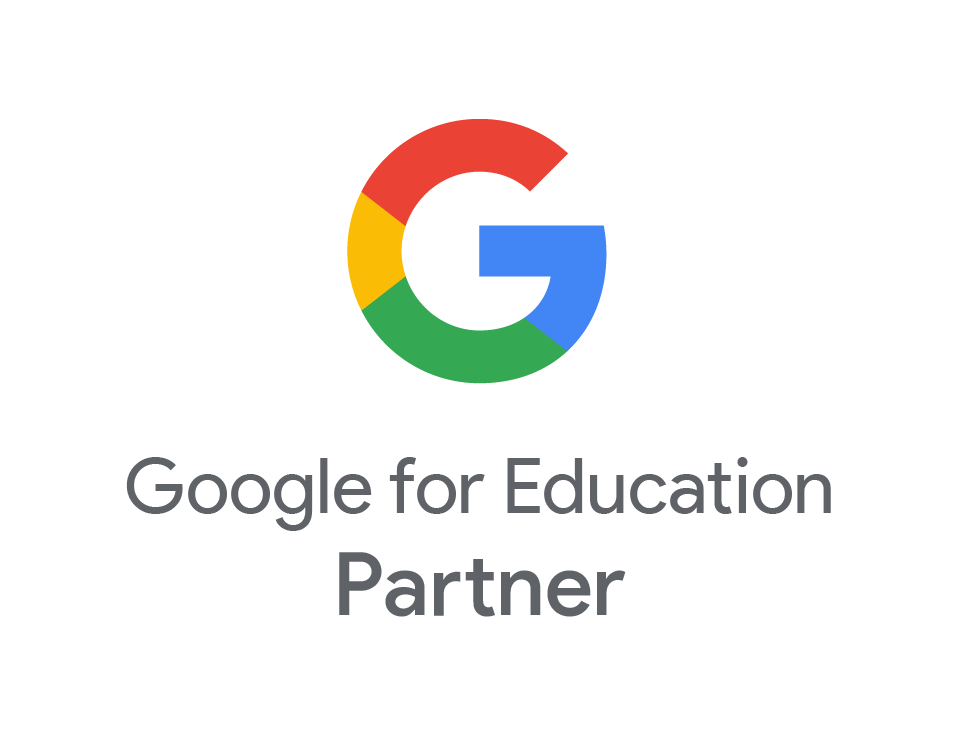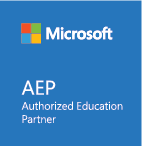Mindfulness Tech, Tools and Benefits for the Entire School
- Oct
- 26

Mindfulness is having a major moment in schools. This positive state of being is achieved by simply paying non-judgemental attention to our feelings, thoughts and sensations in the body as they change from moment to moment. In the classroom and beyond, it’s been shown to increase focus on learning, improve overall well-being and reduce stress in students and teachers alike.
And though the concept has been around for ages, technology has given it a renewed interest. Ironically, mindfulness has also become somewhat of a refuge for the influx of technology in learning and life.
Curious if it’s worth all the hype? See what regular practice using these techniques and tools could do for your youth.
What is mindfulness, and why is it important for students?
Mindfulness deals in the present. The idea is to note, without judgement, the changing experience of this exact moment. That includes one’s emotional and physical state as well as what’s going on around you in your environment. Usually, that involves sitting quietly and intentionally breathing as you simply observe.
Coming at mindfulness from all angles could be the key to creating a more academically and emotionally healthier school.
Three apps for students
At this point, the majority of schools have engaged in some form of remote learning, which has deepened the relationship students have with their devices. Encouraging them to check out these mindfulness apps can help them stay grounded and focused on their schoolwork.
- Headspace for Kids: As one of the most popular mindfulness apps in the world, Headspace can be accessed on any device and guides users to learn the basics of meditation in just ten-daily, ten-minute lessons. Headspace for Kids is their newest launch designed specifically for younger generations.
- Buddhify: This guided meditation and mindfulness app deals with everything from intense emotions to sleep. Its optional Buddhify Membership unlocks features like kid-friendly, ‘karaoke-style’ meditations, which can be read aloud, as well as weekly video courses.
- GoNoodle: A free website that utilises “brain breaks” for elementary and middle school students. Helps kids transition between activities, invite a little movement or simply breathe intentionally. They made getting started easy with this designated teaching guide.
Tech tools for educators
The stress of COVID-19 is taking its toll on teacher’s too, “driving many to consider quitting and even self-harm”, according to The Guardian. But these tools may be able to release some of that pressure.
The meditation and mindfulness app, Calm, provides teachers with a daily dose of guided meditation and inspiration. There are also “sleep stories” to help them get better rest. The best part? It’s free for educators.
Professional development courses and guides like those offered from Mindful schools provide teachers with a tech solution to increase their mindfulness. There are courses designed to help them build a practice, and teach their students how to do the same.
Analogue ways to practice mindfulness
Need some time offscreen? Try these three non-tech tools.
- Box breathing. Hold one nostril, slowly breathe in and hold for a few seconds. Close the opposite nostril and slowly breathe out. Repeat for a few minutes.
- Body scan. Start at the top of the head and focus on each subsequent muscle group until you reach the toes. Students can do this on their own or as guided by their instructor.
- Colouring. As with many forms of art therapy, colouring has been shown to reduce stress and improve focus. It’s great for adults too and can be implemented anytime a mindful break is needed.
Mindfulness is an essential resource for the modern classroom, one that doesn’t require any additional teaching credentials to master. Simply sit, breathe and be.






